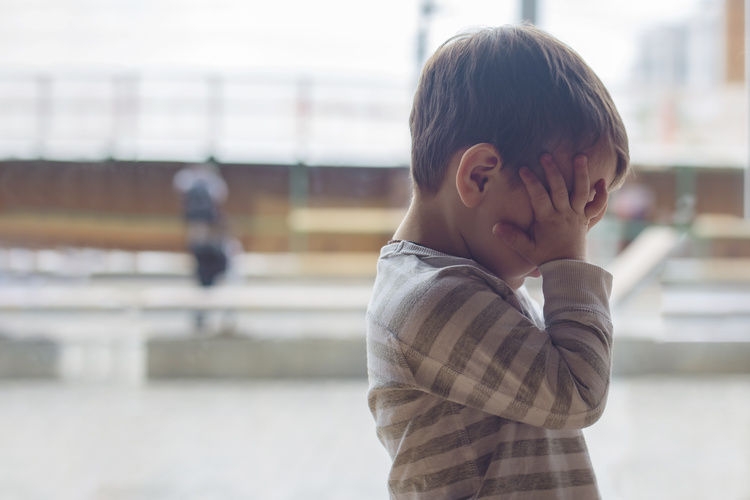Sensory processing disorder (SPD) is a condition that involves hypersensitivity (oversensitivity) or hyposensitivity (under sensitivity) to sensory stimuli. In other words, someone with SPD can have very strong or very minor reactions to sounds, smells, sights, tastes, touch or the way things feel physically.
SPD is not considered a ‘disorder’ in Australia, but sensory processing disorder is a widely understood term. It is often referred to as ‘sensory processing difficulties. SPD can sometimes improve without treatment, but treatment can help children with SPD.
This article will explain what SPD is and what it might look like in your child. This is not a diagnostic tool and does not constitute medical advice, and we strongly encourage you to speak to your doctor if your child exhibits any of the signs discussed below.
How can I tell if my child has SPD?
SPD presents itself through specific reactions to stimuli and associated behaviours. SPD can make it challenging for some children to develop socially, as they receive different sensory cues and process them in a way that may not make sense to their peers.
A child with SPD may be hypersensitive, meaning they react strongly to the senses, or hyposensitive, meaning they don’t have an ‘appropriate’ reaction to some senses. SPD can look like this:
Hypersensitivity |
Hyposensitivity |
|
| Smell and taste |
|
|
| Sounds |
|
|
| Sights |
|
|
| Touch |
|
|
| Movement and bodily sensations |
|
|
Children with SPD can experience symptoms of hypersensitivity and hyposensitivty, depending on the circumstance. General signs of SPD include:
- Anxiety in crowdy or unpredictable environments
- Trouble focusing
- Avoids tasks that stimulate the senses, like getting dressed
- Difficulty regulating emotions
- Lethargy or being tired or disinterested a lot
- Restlessness
- Clumsiness
SPD can slow down motor skill development and social development. Treatment for SPD is available, so chat to your doctor about whether it is necessary for your child. Your GP can also refer your child to a health professional with expertise in sensory processing difficulties such as an occupational therapist, psychologist or paediatrician.
Not every child with SPD will require treatment, but options include:
- Medication (depending on the severity and only after consultation with a doctor)
- Treatments tailored to your child in cooperation with specialist and professionals such as an occupational therapist or psychologist
- Equipment such as noise-cancelling headphones
- Occupational therapy to help practise challenging tasks like brushing teeth
- Desensitisation programs, such as spending a little bit of time in a very noisy place to practise being in those environments
- Building strategies to cope with everyday challenges, such as methods of taking a bath or focusing at day-care or school
Professional help can support your child through SPD. Starting early can help your little one stay involved in daily activities as they grow, such as meeting new kids at childcare or expanding their diet. Understanding your child’s triggers can help them learn to avoid or manage them when they arise. With the right strategies, people with SPD can live rich and full lives.
Recommended Articles:
https://www.babybunting.com.au/baby-talk-blog/chossing-a-safe-playpen/
https://www.babybunting.com.au/baby-talk-blog/avoiding-scalds-and-burns/



